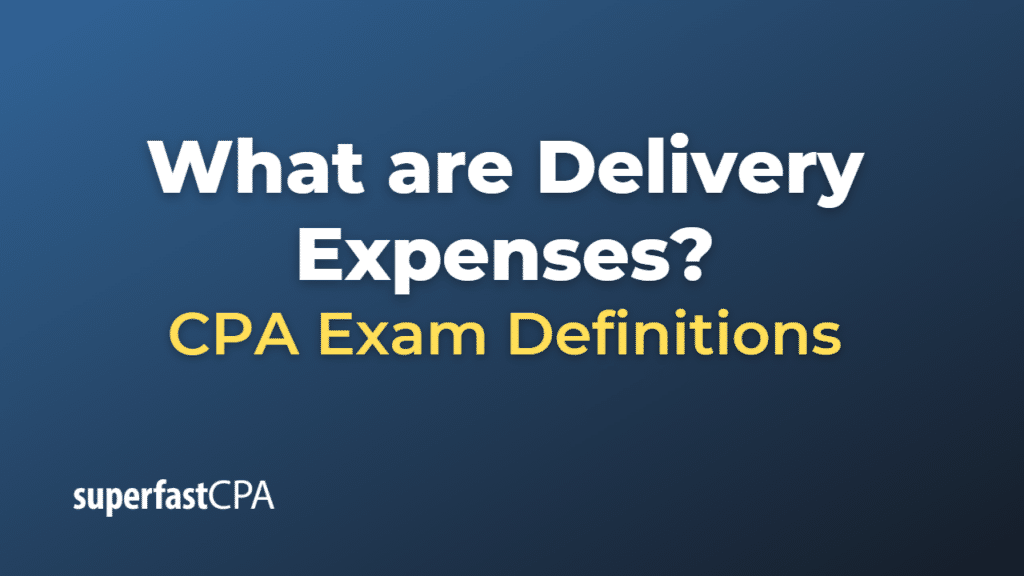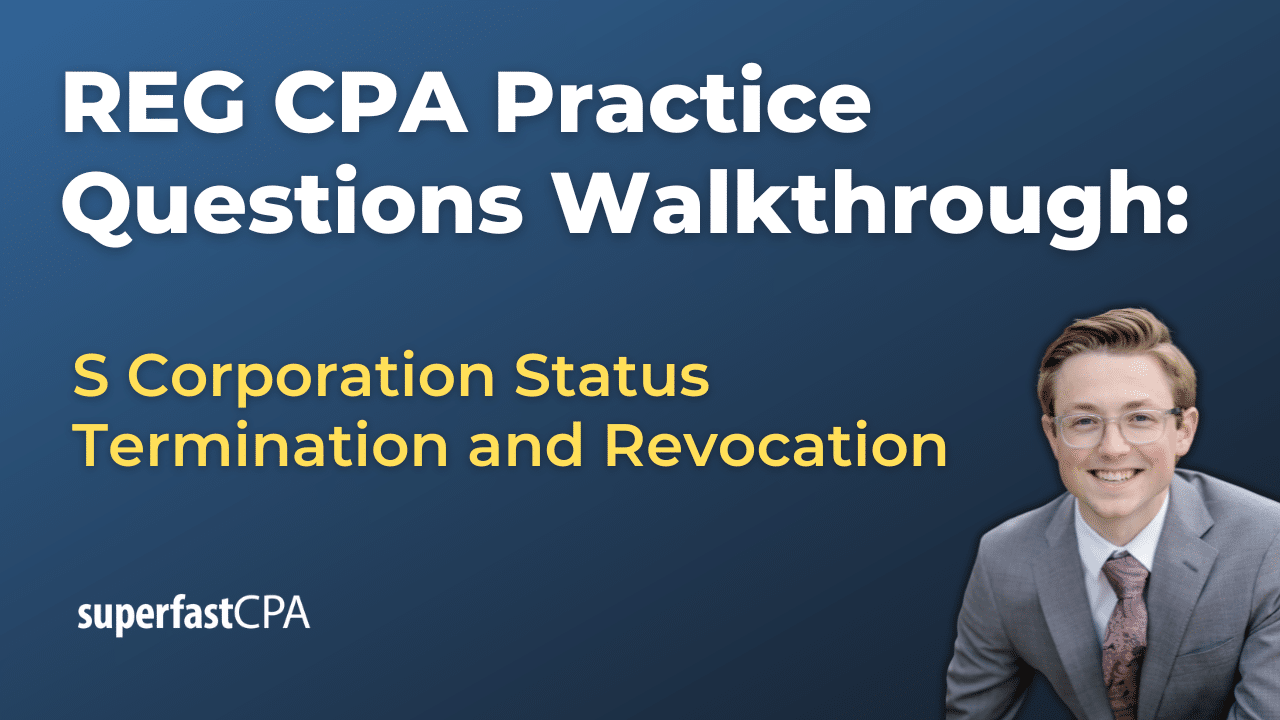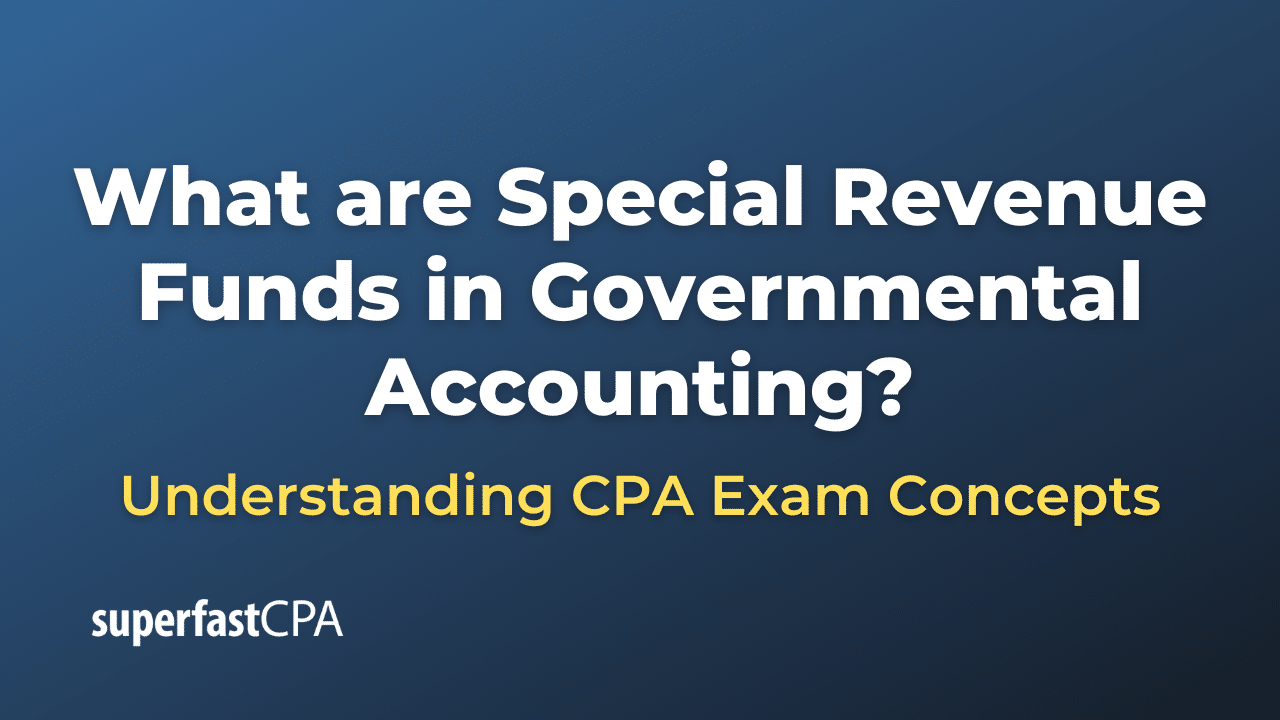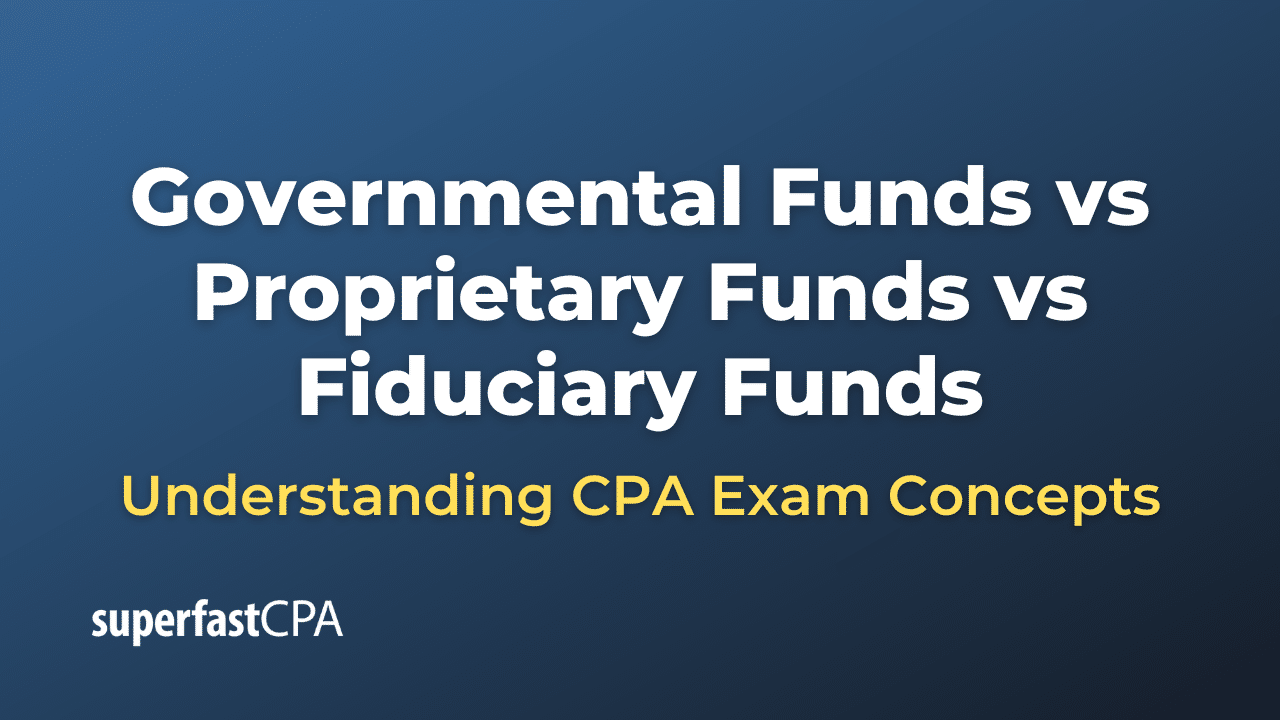Delivery Expenses
Delivery expenses, also known as freight-out, transportation-out, or shipping expenses, are the costs incurred by a company to transport its goods from its premises to the customer. These costs are part of a company’s operating expenses and are usually recorded on the income statement.
Delivery expenses can include a variety of costs, such as:
- Freight charges: Fees paid to shipping companies for transporting goods.
- Insurance: Costs to insure goods during transit.
- Packaging: Costs for boxes, padding, labels, and other packaging materials.
- Labor: Costs for employees involved in the shipping process, such as those picking and packing orders or loading trucks.
- Customs or duties: If goods are shipped internationally, there may be fees or taxes imposed by the destination country.
The accounting treatment for delivery expenses can depend on the terms of sale. In some cases, the seller might include shipping in the price of the product (a practice known as “free shipping”), in which case the delivery expenses are just part of the cost of making the sale. In other cases, the seller might charge the customer separately for shipping, in which case the shipping revenue and the delivery expenses would be recorded separately. Regardless, delivery expenses are generally considered an operating expense and deducted from revenue in calculating net income.
Example of Delivery Expenses
Imagine you own a furniture manufacturing company, and you sell a table to a customer. The sale price of the table is $500, and you charge the customer an additional $50 for delivery.
Here’s how you might account for the delivery expenses:
- Freight charges: You pay a trucking company $30 to transport the table to the customer’s location.
- Packaging: You spend $10 on a sturdy box and padding to protect the table during transit.
- Labor: The wages for the employees who prepared the table for shipment amount to $5.
In this scenario, your total delivery expenses would be $45 ($30 for freight charges + $10 for packaging + $5 for labor).
On your income statement, you would record the sale of the table as $500 in revenue, and the delivery charge as $50 in revenue. You would record the $45 as delivery expense (an operating expense). So, the delivery service would result in a net gain of $5 ($50 charged to the customer – $45 in delivery expenses), before considering any overhead or indirect costs related to the delivery service.
This simple example illustrates how delivery expenses are accounted for in a business transaction. In reality, the calculation could be more complex, with various factors affecting the final figures, such as volume discounts on shipping, indirect labor costs, and overhead allocations.














